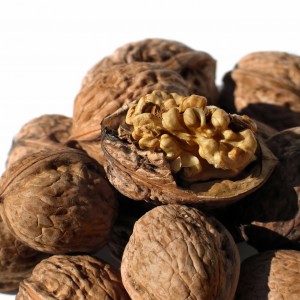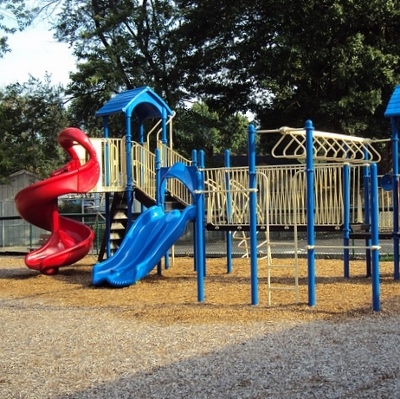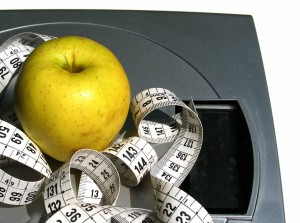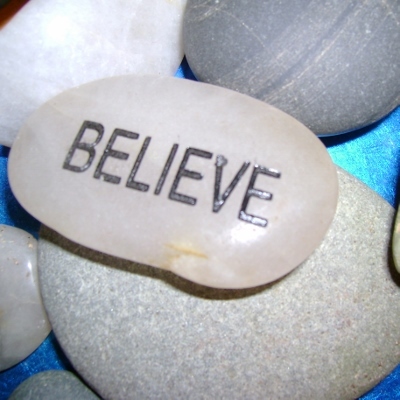 According to WebMD and the American Medical Association, back pain affects 80% of the US adult population either temporarily, or chronically. And everyone knows that a strong core is good for the back. But not everyone knows what “core†is, and how to strengthen it. Here are a few of my favorite tips to help you strengthen your back by focusing on your core.
According to WebMD and the American Medical Association, back pain affects 80% of the US adult population either temporarily, or chronically. And everyone knows that a strong core is good for the back. But not everyone knows what “core†is, and how to strengthen it. Here are a few of my favorite tips to help you strengthen your back by focusing on your core.
Anatomy
I’m surprised by how many people still view core as just the rectus abdominis, or “six pack.” This is the sheet of muscle covering the front of the torso. That’s just the part of core we can see in the mirror, right? But there’s so much more. Your core is literally the center of you. Every action we perform, and every position we find ourselves in is enhanced when we have a strong, stable center. Let’s look at the key muscles that make up the core:
• Rectus abdominis aka Six-Pack
• Transverse abdominis-a band of muscle that wraps around the body like a tight, wide belt
• Obliques-criss-crossing muscles on the sides of the torso that give us lateral support and help us twist and side bend
• Erector Spinae-the strong, often tight muscles of the lower back
• Pelvic Floor-the perineum and other muscles that form the foundation of the core
Engage
We use all of these muscles you are getting ready to perform a movement such as lifting something heavy, or climbing onto a high step, “Engage Your Core.” This is a four-part movement that I remember as “In-Up-In-Upâ€:
• Bring your navel toward your spine (IN)
• Lengthen your spine, like a string pulling you up from the top of your head (UP)
• Draw your Obliques and Transverse Abdominis in, like a wide belt tightening around you (IN)
• Lift the muscles of the pelvic floor and hold them in and up (UP)
Movement
The trick is keeping all of these actions in mind while moving through various exercises or postures. Once you are operating from a strong and stable core, you can begin to isolate muscles, and then discover how they all work together. These muscles not only help you during workouts, but in all of your daily activities. Practice squatting as it relates to how you garden, or how you put an infant seat into your car. Practice lunging as it relates to how you hike or go upstairs. The more we can tie in the benefits in ‘real life’ to what we are doing in our workouts, the greater our chances of our bodies retaining the information.
Good Old Crunches
I want to encourage you to continue working on core strength in and out of the gym. The most common core exercise is good old fashioned ab crunches. It’s the go to for most people if they work on core on their own. So make sure to do crunches that not only work the rectus abdomis, but that use the transverse abdominis, and keep the back and neck safe. Here’s an example.
Another easy way to improve core strength is to build in lots of short exercise breaks throughout the day. I make it a habit to “engage my core†(IN-UP-IN-UP) every time I stop at a red light, and hold my muscles tight until the light turns green.
Keep in mind that you can do a thousand ab crunches a day, and if you carry body fat around your abdomen, you will never see your six-pack. In order to see more definition in any muscle, your strength training must be combined with fat burning cardiovascular activity and good, clean eating to lower body fat levels.
For more fitness tips, please visit my website www.DeniseDruce.com and subscribe to my eNewsletter ‘Life, Love and Lunges.’





